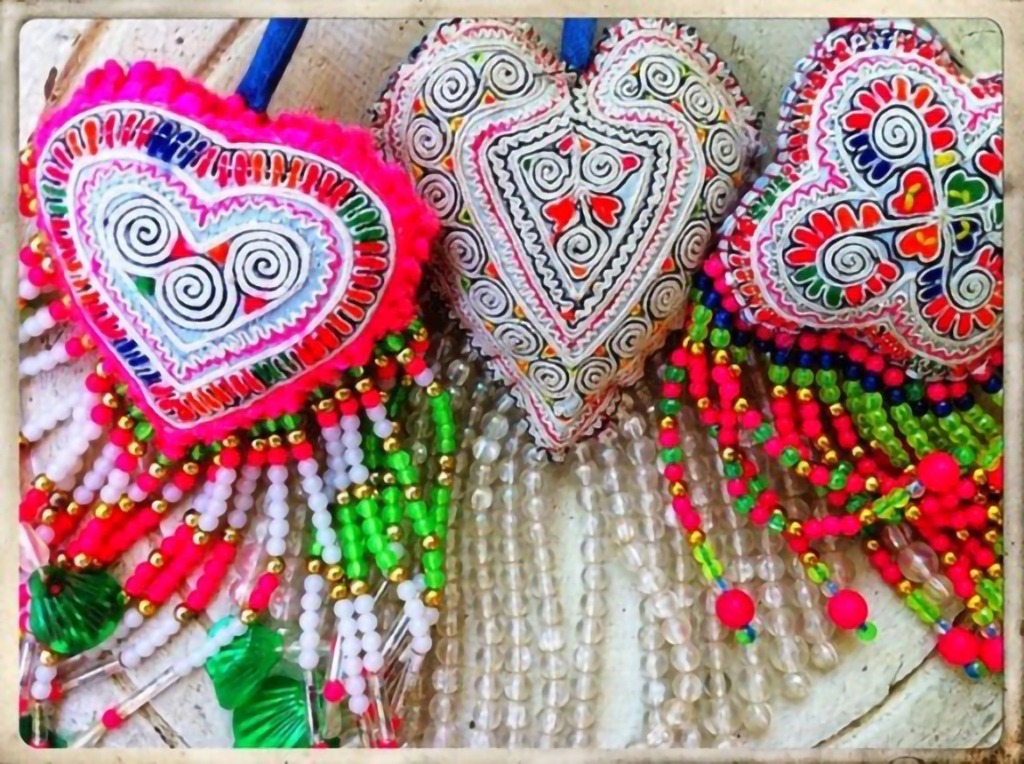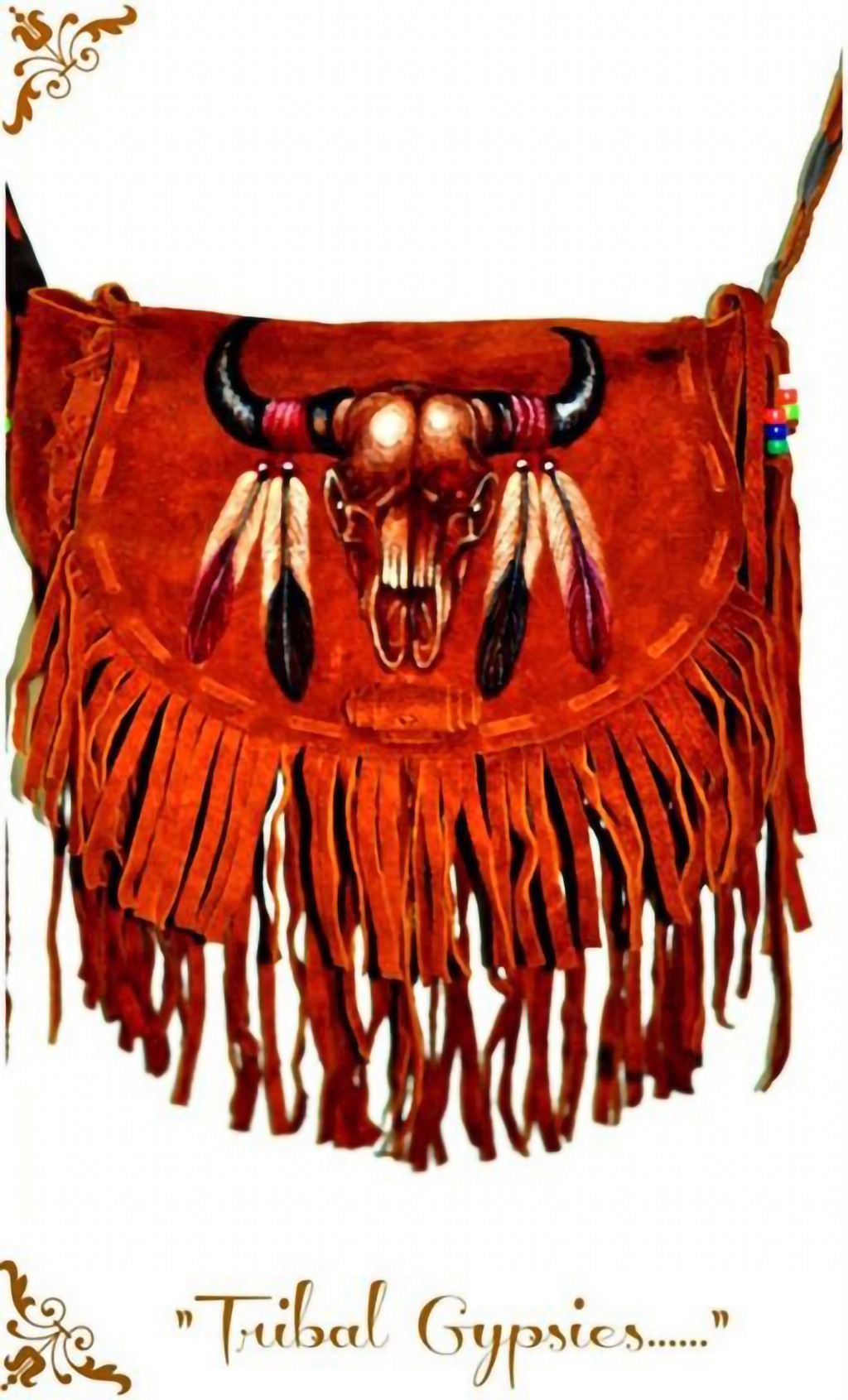
Hmong And Native American: Tribal Gypsies, Textiles, Embroidery, Etc
Should We Call It Tribal? Exploring Respectful Labels for Hmong and Native American Products
This post dives into the impact of labeling Hmong and Native American products as “Tribal Gypsies,” “Tribal Textiles,” or “Tribal Embroidery.” Explore cultural significance and respect.


In the world of cultural fashion and artistry, terms like “Tribal Gypsies,” “Tribal Textiles,” or “Tribal Embroidery” often appear as product descriptions. However, these labels can raise questions about cultural accuracy and respect. Should these items instead be called what they are, such as “Hmong ornaments” or “Native American textiles”?
Cultural products carry deep significance for their respective communities. For the Hmong, vibrant embroidery and handcrafted designs are a living testament to their rich heritage and traditions. Similarly, Native American textiles reflect ancestral knowledge and spiritual meaning. When such items are labeled broadly as “tribal,” it risks erasing their unique identities and histories.
The discussion is not merely academic. Mislabeling can lead to cultural appropriation, where significant symbols or items are marketed without proper acknowledgment of their origins. It also affects the artists and communities striving to preserve their culture while gaining recognition for their work.
For example, in the image shared here, the product is clearly Hmong, yet it’s labeled “Tribal Gypsies.” A similar issue arises in this Native American product image. These generic labels fail to respect the cultural specificity of the items.
To address this, sellers should strive for cultural respect by using accurate and specific product labels. Rather than “Tribal Gypsies,” they could name the product by its cultural origin, such as “Hmong Embroidery” or “Native American Beaded Jewelry.” Doing so not only fosters respect but also educates buyers about the rich stories behind the art they purchase.
Let’s start a conversation: How do you feel about the use of “tribal” as a catch-all term? Does it offend you, or do you see it as a way to appeal to broader markets? Share your thoughts in the comments below.
Closing Note:
Accurate labeling is not just about semantics; it’s about honoring the cultures that give life to these beautiful creations. Let’s celebrate and respect the diversity of Hmong and Native American artistry by calling it what it truly is.





Me personally, I kinda feel like it takes away who we are. There is no recognition of the people. I understand that we are a tribal people but there are many tribal people out there. Those who don’t know or don’t recognize the design will mistake it for another group of people. Ya’ll know what I mean? So how do you feel and what do you think about this?
I’m curious too now, I wanna know what is a Tribal Gypsies. Growing up my parents had a heart ornament just like that hanging on their rear view mirror just like many hmong families.
Suzee – Yep, my gma had them too. I used to play with them all the time. So how do you feel about what they call it these products? Should they be calling them “tribal ___” or should they acknowledge where it came from (Like how made them, etc..)?
It looks like they are selling these items at a street fair and that’s totally fine but they should acknowledge where it came from n give the people created. For sure we know its Hmong.
Suzee – I agree. They definitely need to acknowledge and give credit where it’s due.
Never heard of a Tribal Gypsies before. I know tribes were nomadic, but never heard of any natives being gypsies.
Wth! Tribal gypsies? Who ever is selling this needs to get slap.. if they gonna try to sale n make money out of our culture stuff at least learn something of our back ground first to be more precise. Whe I think of gypsies o think of Esmeralda in the “hunch back of notre dame” and no we are certainly not those kind.